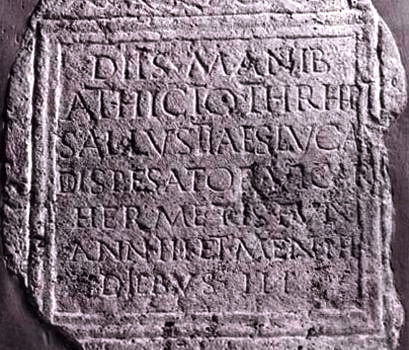FINAL EDITING PROJECT
Each student will select, in consultation with the instructor, a primary, historical source and prepare a rigorous annotation and edition of it. Your task will be to:
 Write an introduction placing the selection in its historical context. Write an introduction placing the selection in its historical context.
 Write a statement of editorial methodology, explaining what decisions you have made about spelling,
grammar, missing words, headings or subheadings, or other insertions of your work into the manuscript. Write a statement of editorial methodology, explaining what decisions you have made about spelling,
grammar, missing words, headings or subheadings, or other insertions of your work into the manuscript.
 Provide appropriate maps and illustrations and enumerate these in a list of figures. Provide appropriate maps and illustrations and enumerate these in a list of figures.
 Prepare informational endnotes (or side notes) identifying obscure persons, events, and places,
citing your sources for such information. Prepare informational endnotes (or side notes) identifying obscure persons, events, and places,
citing your sources for such information.
 Write an analysis of the source you have edited, interpreting its content and historical value
and significance, taking into account relevant published historical scholarship on this topic (this can be included in the introduction). Write an analysis of the source you have edited, interpreting its content and historical value
and significance, taking into account relevant published historical scholarship on this topic (this can be included in the introduction).
 Compile a bibliography of the sources, cited correctly, that you have used in editing the primary document. Compile a bibliography of the sources, cited correctly, that you have used in editing the primary document. |
Your original document should be approximately 15-20 typed pages (double-spaced) in length. (It may be somewhat shorter if you are using certain kinds of sources, such as a document that you translate from a foreign language.)
The historical work for documentary editing should be non-fiction, historical material—for example, a diary, a series of letters, reminiscences, court or hearings testimony, an autobiography, or a first-person narrative describing an event or an experience.
Finally, be sure to edit and proofread your project thoroughly before
submitting it. Poor syntax or structure and excessive errors in spelling, punctuation, or grammar will lower your grade.
The final editing project is due by 11:59 pm on Thursday, December 8.
|
|




